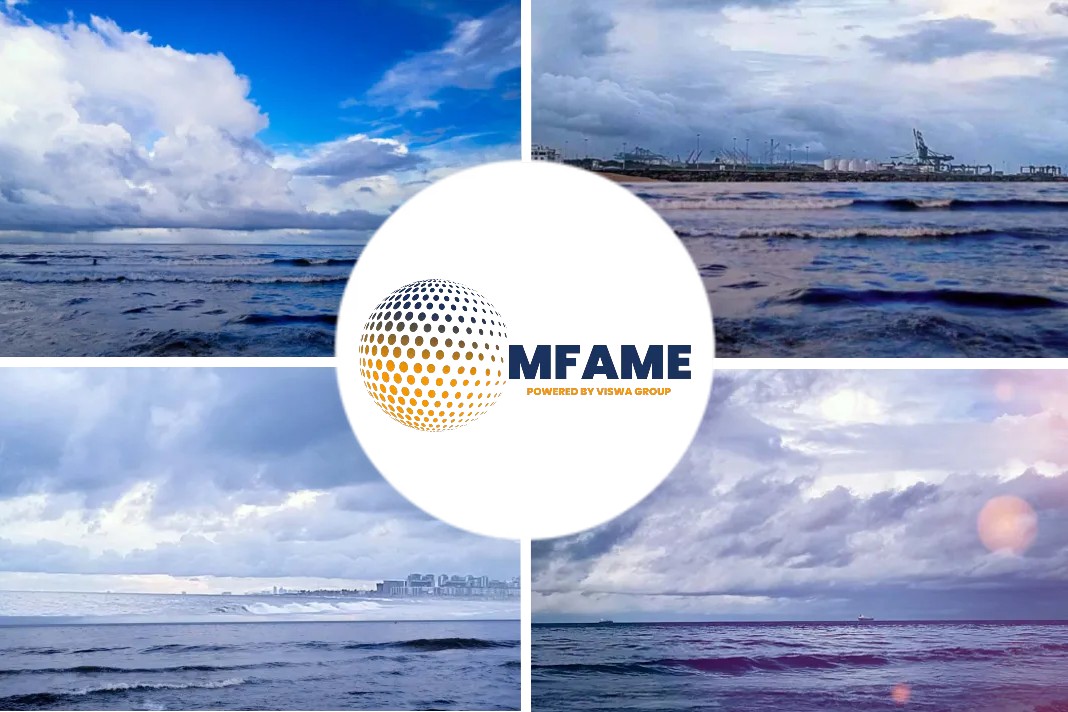- Port infrastructure upgradation is a must for the shipping industry to achieve its decarbonization goals.
- Cold Ironing is an apparent way for a port to cut shipping emissions.
- Rising water levels is the major issue for port investors.
Port infrastructure needs to be significantly upgraded if the shipping industry is to achieve its decarbonization goals, says an article published in Argus Media.
Cut shipping emissions
One clear way for a port to help cut shipping emissions is through so-called cold ironing. Ports also need to be able to provide the kind of fuels that ships will be using in the coming decades.
Port infrastructure
Port infrastructure needs to be significantly upgraded if the shipping industry is to achieve its decarbonization goals, according to panelists at an industry event hosted by the AqualisBraemar LOC (ABL) Group today.
Upgrading port infrastructure, more so than providing incentives to smaller shipowners to build eco-friendly ships iis the most important step the shipping industry could take now to decarbonize, according to panelist Dean Goves, managing director at Longitude Engineering, which is part of the ABL Group.
What is cold ironing?
The International Maritime Organization (IMO) is targeting a 50pc cut in CO2 shipping emissions, which currently account for 2-3pc of the world’s total, by 2050 from a 2008 baseline, though the US and now UK have called for net-zero emissions in that time frame.
One clear way for a port to help cut shipping emissions is through so-called cold ironing, said panelist George Savvopoulos, a consultant at ABL. Cold ironing is the process by which a port powers an idling ship via electricity.
Facilities to be provided in ports
“All ports should be developing this type of facility,” said Savvopoulos. “This will require investment but in most cases it’s just not there.”
Such a practice would allow vessels in port to turn off their diesel-burning engines, which typically use about a fifth of the fuel compared to when ships are in full steam.
Fuel
Ports also need to be able to provide the kind of fuels that ships will be using in the coming decades. About 12pc of ships on order at shipyards will have the ability to burn alternative fuel.
“Ports need to find the space and supply chains to be able to accommodate them”, Savvopoulos said.
Investments
Combating rising water levels, a direct impact of climate change, is the more pressing matter for port investors, said panelist David Handley of law firm Watson, Farley and Williams.
Funds for such bunkering improvements are relatively scarce because of competing priorities among port investors.
Did you Subscribe to our daily Newsletter?
It’s Free! Click here to Subscribe
Source: Argus Media






















